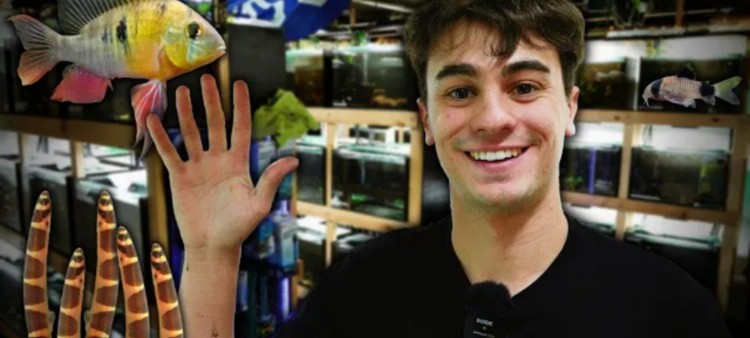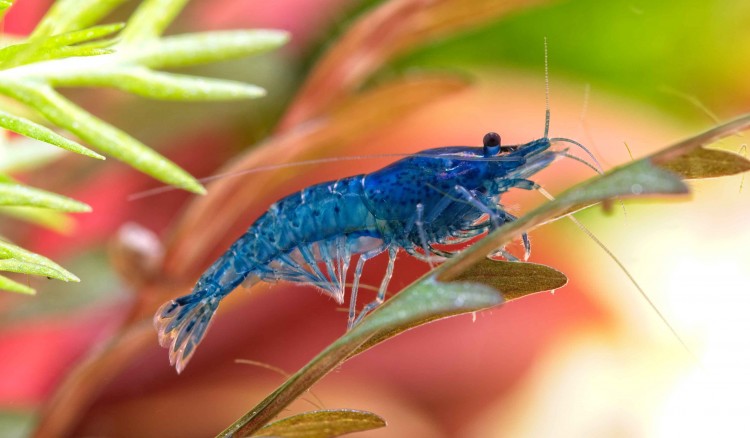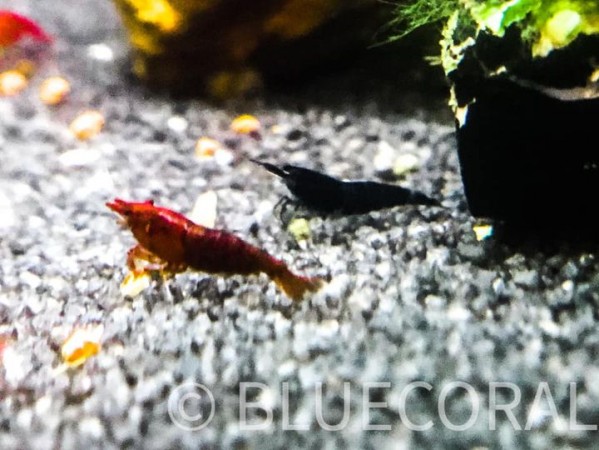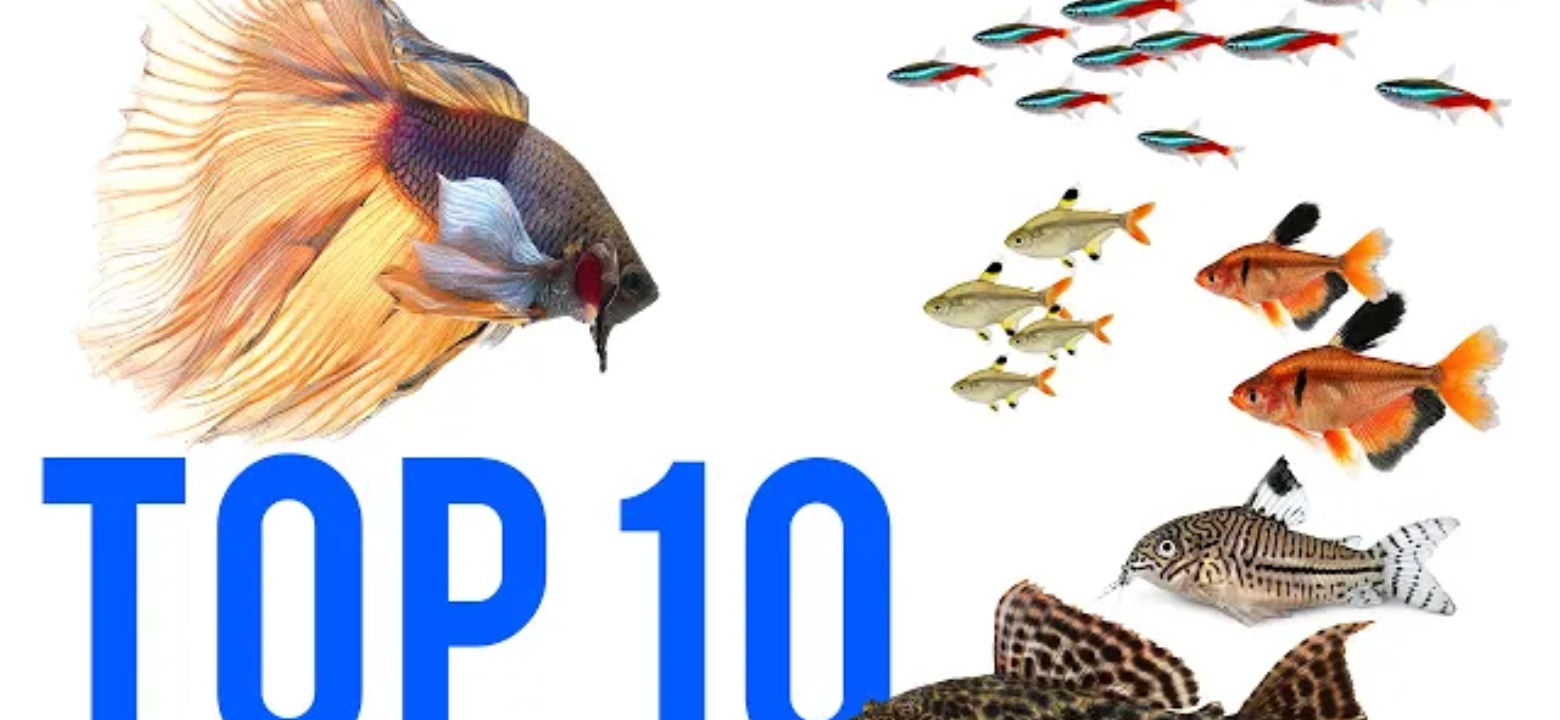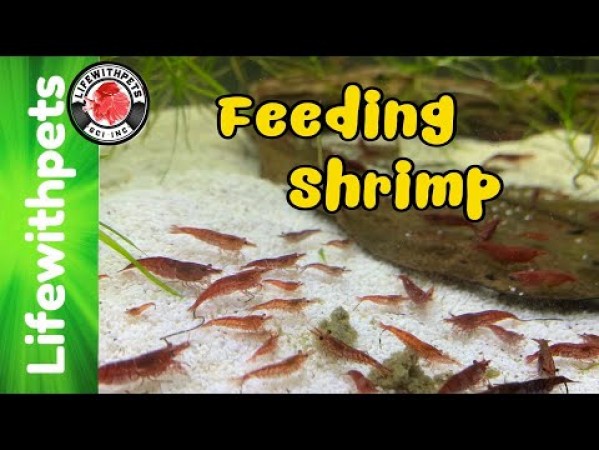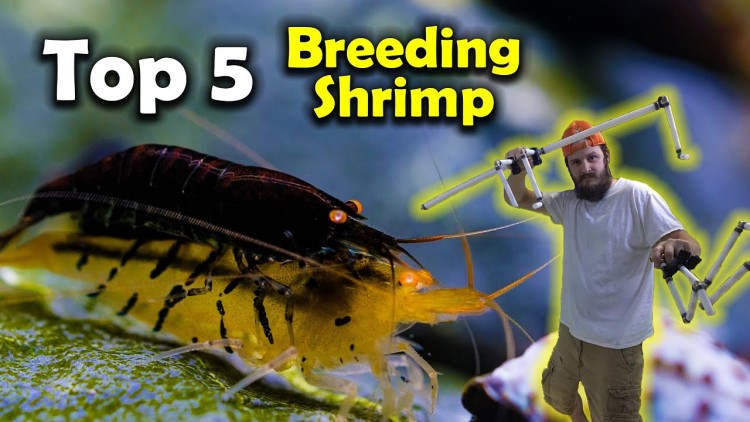- Name:
Red Banded Snapping Shrimp
- Family: Alpheidae
- Species: Shrimp
- Scientific Name: Alpheus randalli
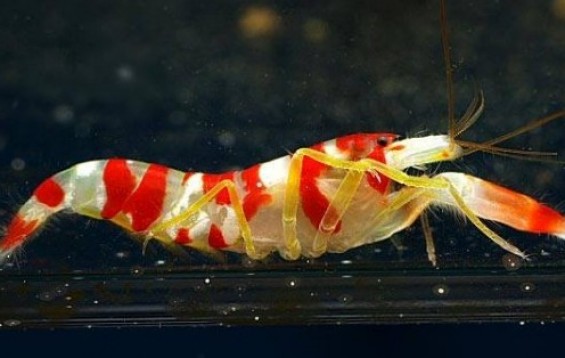

General info about Red Banded Snapping Shrimp
The Red Banded Snapping Shrimp and its cousins all have a unique left pincher. The pitcher is modified to produce a loud sound and stream of water whenever it is opened or closed. In the aquarium, it sounds like a loud clicking noise. You can hear this noise from outside the aquarium if you listen closely. Startling for the aquarist, it uses this skill in the wild to warn away predators and to knock down prey.
The Red Banded Snapping Shrimp and its mate will usually reside in a burrow of sand or mud, often with one of the gobies of the genera Amblyeleotris or Stonogobiops. Suitable Shrimp Gobies include Yasha Goby, Randall's Goby, Yellow Watchman Goby, and Hi Fin Red Banded Goby. The goby's superior eyesight also gives it advance warning of any predators. They also tend to share some of each other's food. While the shrimp are in the burrow, you will usually only see one of them standing guard at any one time. Under the cover of darkness it is likely to forage, occasionally preying on tiny shrimp. Otherwise, it will subsist on meaty foods and bottom feeder tablets in the aquarium.
Thanks to its small size it's very suitable for nano-reefs and other small tanks. It will live together with most prawn gobies, for example, the Hi Fin Red Banded Goby (Stonogobiops nematodes) or Amblyeleotris species. Triggers, larger Hawkfish, Groupers, Lionfish, and large predatory Wrasses may eat Red Banded Pistol Shrimp. They are best kept with reef safe fish.
The temperature between 75-80° F and pH between 8.1-8.4 with sg 1.024-1.026 (1.025 is ideal) is necessary to maintain. It is important that proper calcium (420-440 ppm), alkalinity (8-9.5 dKH - run it 7-8 if you are carbon dosing), and magnesium levels (1260-1350 ppm) are maintained. Raising magnesium levels gradually up to 1400-1600 ppm can help to combat algae outbreaks, just keep CA and Alk in line as you raise the Mg. Nitrates should be below 10 ppm and phosphates should be below .10 ppm. We recommend doing a water change when Nitrate levels rise to 10 ppm. It is important to replace your phosphate media when phosphates rise to .10 ppm. Media Reactors make the most efficient use of your phosphate media by fluidizing it.
Red Banded Snapping Shrimp Diet & Nutrition
Maintaining proper pH, Ca, Alk, & Mg levels is important for shrimp. Providing additions of iodine will help the shrimp to molt and grow.
Red Banded Snapping Shrimp Origin
The Red Banded Spanning Shrimp is found in South and Eastern Asia.
Caution with Red Banded Snapping Shrimp
It is intolerant of copper or high nitrates but will require a correct iodine level in the water for proper molting.
Acclimating Red Banded Snapping Shrimp
Take the time to do a drip acclimation with any shrimp as they do not tolerate rapid changes in water chemistry very well.
Original Detail
| Name | Species | Family | Scientific Name | More Detail | Added by |
|---|---|---|---|---|---|
| Red Banded Snapping Shrimp | Shrimp | Alpheidae | Alpheus randalli | The Red Banded Snapping Shrimp and its cousins all have a unique left pincher. The pitcher is modified to produce a loud sound and stream of water whenever it is opened or closed. In the aquarium, it sounds like a loud clicking noise. You can hear this noise from outside the aquarium if you listen closely. Startling for the aquarist, it uses this skill in the wild to warn away predators and to knock down prey. The Red Banded Snapping Shrimp and its mate will usually reside in a burrow of sand or mud, often with one of the gobies of the genera Amblyeleotris or Stonogobiops. Suitable Shrimp Gobies include Yasha Goby, Randall's Goby, Yellow Watchman Goby, and Hi Fin Red Banded Goby. The goby's superior eyesight also gives it advance warning of any predators. They also tend to share some of each other's food. While the shrimp are in the burrow, you will usually only see one of them standing guard at any one time. Under the cover of darkness it is likely to forage, occasionally preying on tiny shrimp. Otherwise, it will subsist on meaty foods and bottom feeder tablets in the aquarium. Thanks to its small size it's very suitable for nano-reefs and other small tanks. It will live together with most prawn gobies, for example, the Hi Fin Red Banded Goby (Stonogobiops nematodes) or Amblyeleotris species. Triggers, larger Hawkfish, Groupers, Lionfish, and large predatory Wrasses may eat Red Banded Pistol Shrimp. They are best kept with reef safe fish. The temperature between 75-80° F and pH between 8.1-8.4 with sg 1.024-1.026 (1.025 is ideal) is necessary to maintain. It is important that proper calcium (420-440 ppm), alkalinity (8-9.5 dKH - run it 7-8 if you are carbon dosing), and magnesium levels (1260-1350 ppm) are maintained. Raising magnesium levels gradually up to 1400-1600 ppm can help to combat algae outbreaks, just keep CA and Alk in line as you raise the Mg. Nitrates should be below 10 ppm and phosphates should be below .10 ppm. We recommend doing a water change when Nitrate levels rise to 10 ppm. It is important to replace your phosphate media when phosphates rise to .10 ppm. Media Reactors make the most efficient use of your phosphate media by fluidizing it. |
PalaciosAn |


